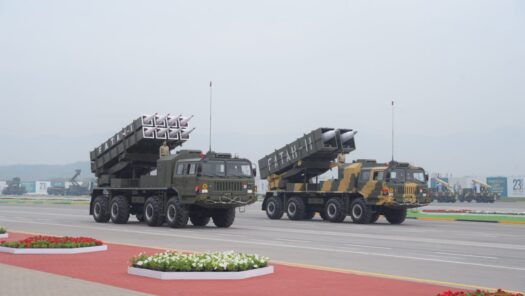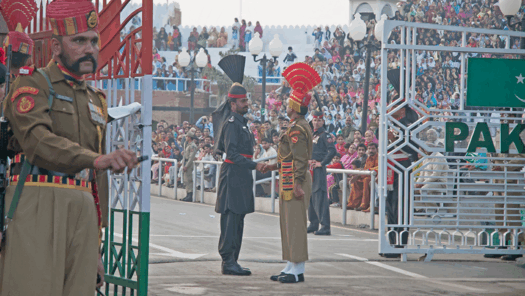Escalation Control
Return to article
Firebreak or Fuse? Pakistan’s Rocket Force and the Deterrence Dilemma in South Asia
Hot on the heels of its May 2025 conflict with India, in which Pakistan used the guided Fatah rocket series against military targets, Islamabad’s announcement of the formation of the Army Rocket Force Command (ARFC) on the eve of its…

Dual-Use Missiles in South Asia and Implications for India-Pakistan Crisis Stability
In the contemporary nuclear age, dual-capable delivery systems that can carry either conventional or nuclear warheads are widely assumed to be highly destabilizing in crises. In South Asia, dual-use systems can generate significant anxiety—not just for India and Pakistan, but…

Testing Deterrence: South Asia’s Strategic Stability After May 2025
The Pakistan-India crisis of May 2025 has once again underscored the fragility of South Asia’s deterrence architecture. What began as a localized confrontation escalated rapidly, demonstrating how misperceptions, doctrinal ambiguities, and conventional imbalances can endanger regional peace. In the aftermath…

India-Pakistan Cyber Skirmishes and the Challenge of Attribution
The recent India-Pakistan crisis in May illustrated how cyber and artificial intelligence are being integrated into military combat in the subcontinent, a significant development for South Asia’s fragile strategic stability.

Pakistan’s New Rocket Force: Strategic Deterrence and Escalation Risks
In the wake of the May 2025 India-Pakistan conflict, Pakistan's assessment of its deterrence requirements has shifted. The formation of a new Pakistan Army Rocket Force Command (PARFC) led by a three-star general reflects this change and aims to provide…

Cyber Quicksand? Uncharted Risks and Escalatory Dynamics in a Future India-Pakistan Crisis
Cyberspace is arguably the next battlefield for strategic adversaries, with offensive cyber operations (OCOs) potentially playing a decisive role in future India-Pakistan crises. The May 2025 crisis revealed the early signs of this emerging domain. These episodes underscore that cyber…